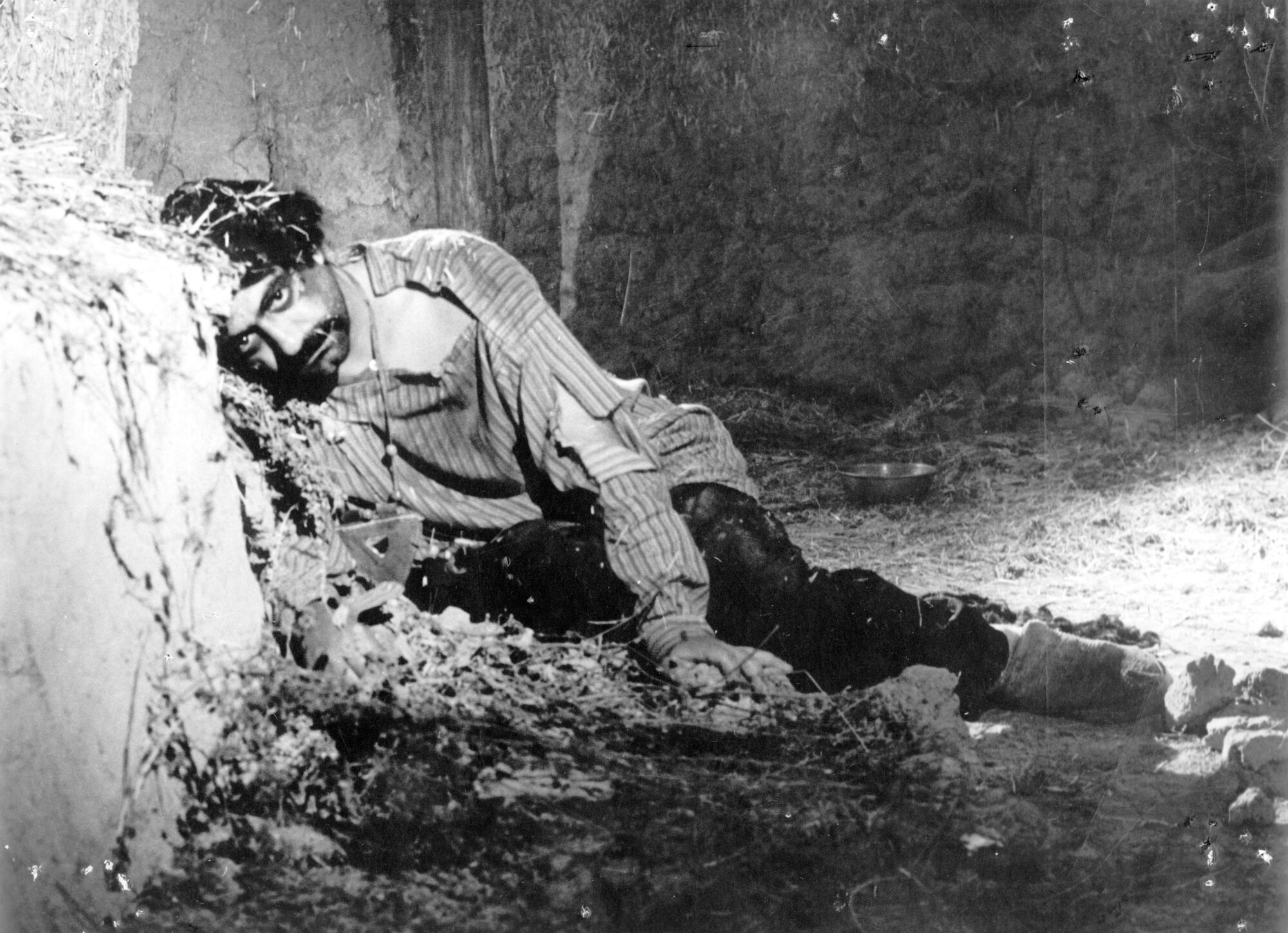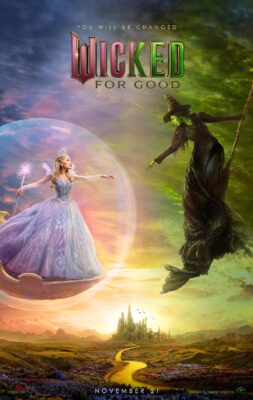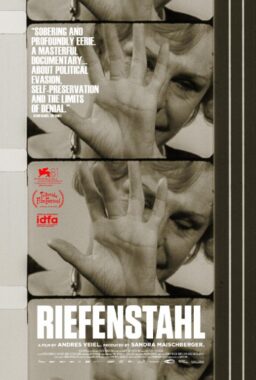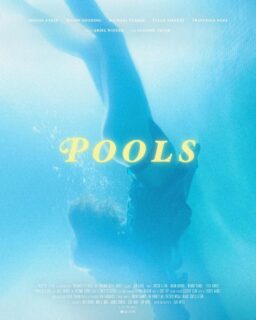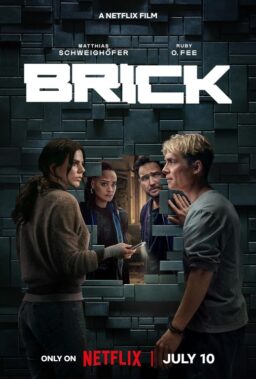On hearing the shocking news on October 14 that Iranian filmmaker Dariush Mehrjui and his wife had been stabbed to death in their home outside Tehran, my mind reeled back to a succession of memories of the master and his work. Among the many things I’ve written about him, I recalled a piece that previewed a retrospective of his work at Lincoln Center 25 years ago. Under the headline “Revealing an Iran Where the Chadors Are Most Chic,” it appeared in the New York Times on November 8, 1998, and began thusly:
“In the sweepstakes for the title the Most Interesting and Accomplished Filmmaker the United States Has Never Heard Of, Dariush Mehrjui has certain obvious advantages. While still in his twenties, the Iranian director made ‘The Cow’ (1969), a film so powerful that it was not only credited with launching Iran’s modern cinema but also, a decade later, made a fan of the Ayatollah Khomeini and thus helped assure that country’s cinema would have a post-revolutionary phase. Cosmopolitan and ever-controversial, Mehrjui has had films banned by the Shah’s regime and the Islamic Republic, and almost surely is the only filmmaker reared a devout Muslim who counts the novelists J.D. Salinger and Saul Bellow as major influences on his work. He’s even made a film of Salinger’s Franny and Zooey, called ‘Pari,’ set in contemporary Iran.”
I went on to discuss how, while Mehrjui was largely unknown to cinephiles in the U.S., in Iran, his importance was universally recognized. In poll after poll, he and his films were ranked ahead of Iranian works that were then becoming acclaimed and fashionable in the West. Why the discrepancy? I noted: “Mehrjui deals regularly, knowingly, and provocatively with Iran’s middle and upper-middle classes. His characters drive BMWs, wear chadors that are distinctly chic, and argue (endlessly) over art, religion, divorce settlements, and real-estate deals. At a time when ‘Iranian cinema’ internationally connotes a certain distanced exoticism, views of rug-weaving nomads or impoverished children against crumbling walls, Mehrjui’s sleek, educated, post-modern Tehran is clearly anomalous.”
When I started going to Iran in the late ‘90s, Mehrjui, Abbas Kiarostami, and Mohsen Makhmalbaf were the directors I spent the most time with and got to know personally. All three were genial, gracious, and welcoming to a U.S. critic interested in their work, but Mehrjui was, in some ways, the easiest to engage with since his English was flawless. I discovered he was widely read on countless subjects, so we discussed many things besides cinema. His demeanor was wry and relaxed; he would have been at home at any hipster hangout in the West. I told friends that, with his tousled dark hair and sunglasses, he reminded me of Lou Reed, formerly a neighbor of mine in the West Village.
De Sica’s “Bicycle Thieves” was the film that sparked his youthful interest in cinema. At 19, he enrolled in UCLA to study film but quickly became disillusioned. While he wanted to learn about Antonioni and Godard, he said his professors “were the kind of people who had not been able to make it in Hollywood themselves but would bring the rotten atmosphere of Hollywood into the class and impose it on us.” Disgusted, he switched his major to philosophy.
Back in Iran, he made his first feature, a James Bond takeoff that didn’t perform at the box office but was noted for its technical sophistication. That virtue was a hallmark that would continue throughout his career. A few years ago, I interviewed the great cinematographer Mahmoud Kalari, who has worked with all the major Iranian auteurs. He told me that the Mehrjui was the one most thoroughly conversant with “the language of cinema,” such that he paid attention to the smallest details in a production. You can see that skill in “The Cow,” the 1969 film that is regarded to have launched (along with Masoud Kimia’s “Gheysar”) the decade of hyper-creativity known as the Iranian New Wave (1969-79).
Set in an impoverished village surrounded by desert, the B&W film has sinuous photography that looks as impressively conceived and executed today as it did then. And then there are the actors. Like Ingmar Bergman, Mehrjui had a stock company he worked with repeatedly. It begins with Ezzatollah Entezami, who serves up a justly celebrated mad scene in “The Cow.” Kalari told me something I hadn’t thought about before. He said Mehrjui would cast an actor because he sensed an affinity with the character he was to play, and thereafter, the actor would take aspects of that character on to other films and roles. (Think John Ford and John Wayne.) The trend continued with Mehrjui’s next film, “Mr. Simpleton” (a.k.a. ”Mr. Naïve”) (1970), a major hit that launched lead actor Ali Nassirian to stardom. After the Revolution, Mehrjui’s autographical comedy “Hamoon” (1990), one of his greatest and most popular films, starred actor Khosro Shakibai, who, observers said, imitated the director in that film and others afterward.
Mehrjui’s run-ins with the government began while the Shah was still in power. His last film before the Revolution, “The Cycle” (a.k.a. “The Mina Cycle,” 1975/1978), a searing drama about illegal blood trafficking, was banned for three years, after which it became Iran’s first nominee for the Best Foreign Language Film Oscar. As the Revolution approached, Mehrjui went to France and filmed the Ayatollah Khomeini and then, after the Shah’s fall, rode in Khomeini’s plane back to Tehran. It is said that because Khomeini had seen and liked “The Cow,” he gave permission for cinema to continue after the Revolution. That benediction inspired a group of young intellectuals in the government to begin rebuilding Iran’s film industry in the early ‘80s, which included inviting some pre-revolutionary directors to resume working.
Mehrjui, however, took his family and decamped to France for a few years, where he made a docudrama entitled “Journey to the Land of Rimbaud” (1983). On returning to an Iran where movies were again being made, he directed “The Lodgers” (a.k.a. “The Tenants,” 1987), a riotous satire of the real estate crisis in Tehran, which was one of the post-revolutionary cinema’s first box-office hits, a success matched by “Hamoon” three years later.
Interestingly, up until this point, all of Mehrjui’s films had centered on male protagonists and launched the careers of actors. After “Hamoon,” he shifted focus; in the ‘90s, he made five films about women, a series that brought some remarkable female talent to the screen. “The Lady” (1991), loosely based on Bunuel’s “Viridiana,” was deemed so objectionable to the regime that it was permanently banned. “Sara” (1993) and “Pari” (1995) helped establish the popularity of one of Iran’s greatest young actresses, Niki Karimi. Both films had literary sources: the first was an adaptation of Ibsen’s A Doll’s House, the second an Iranian take on Franny and Zooey (after my article in the Times announced the film’s appearance at Lincoln Center, J.D. Salinger’s lawyers prevented its showing, alas). “Leila” (1997), a drama about a young bride pressured by her in-laws to let her husband take a second wife, marked the debut of future star Leila Hatami; it was the rare Mehrjui film to get a U.S. release. Finally, “The Pear Tree” (1998), which I described as “a lyrical, burnished memory film” about a writer recalling his youth in Tehran, was the first film to feature future international star Golshifteh Farahani, then 15 years old.
Mehrjui’s filmmaking continued after “The Pear Tree” well into the present century, but I’ll end my chronicle here. I believe he is one of cinema’s great artists and has never gotten his proper due outside Iran. I urge readers to seek out his work wherever possible. “The Cow” and “The Cycle” are among the upcoming features in the Museum of Modern Art’s current series “Iranian Cinema Before the Revolution, 1925-1979.”. “The Cow” plays on October 26; “The Cycle” plays on November 1 and 25.
Note: My full New York Times article about Mehrjui and other reflections about his work are available in my book In the Time of Kiarostami: Writings on Iranian Cinema (Woodville Press, 2022).

